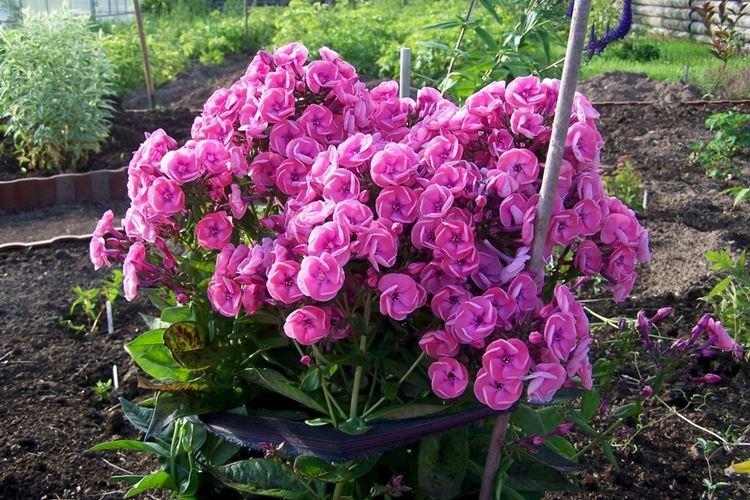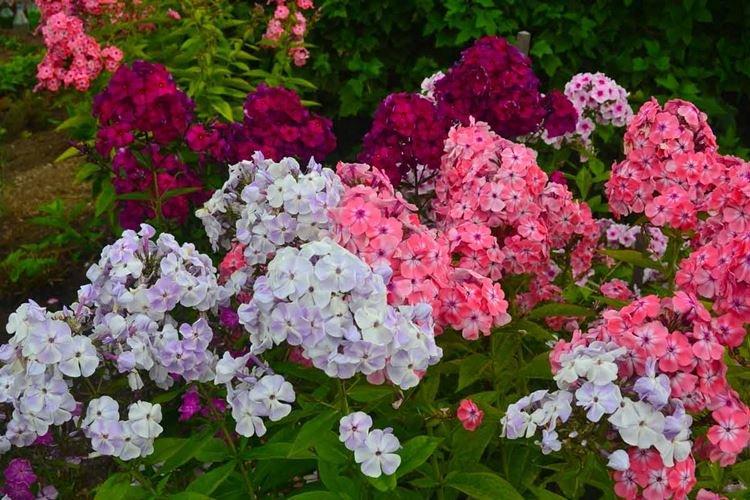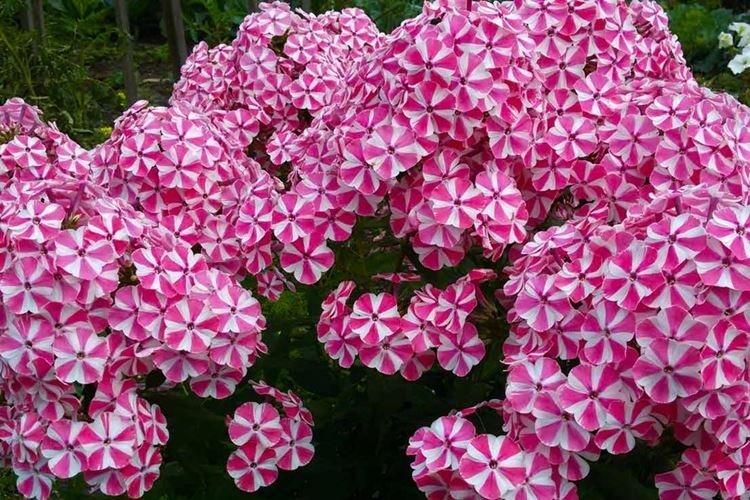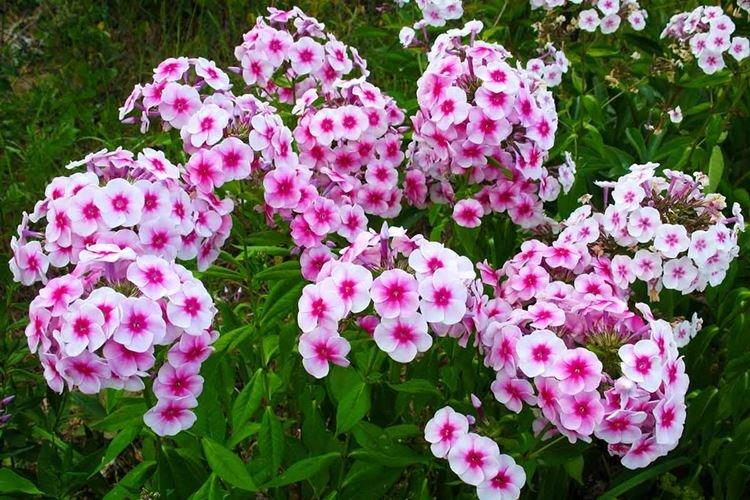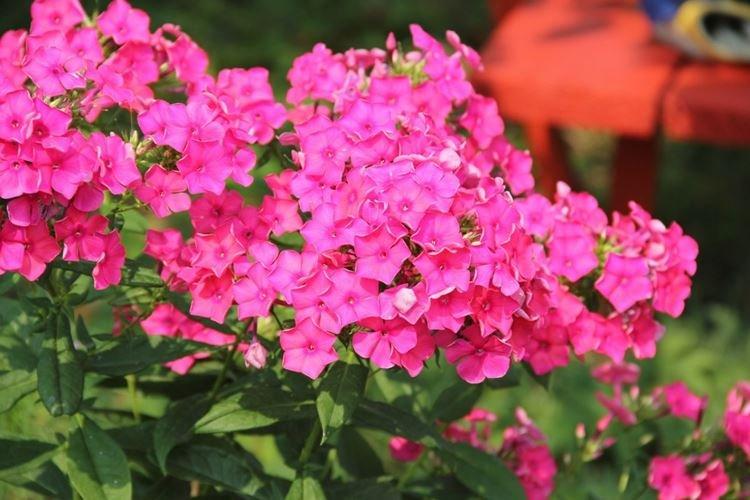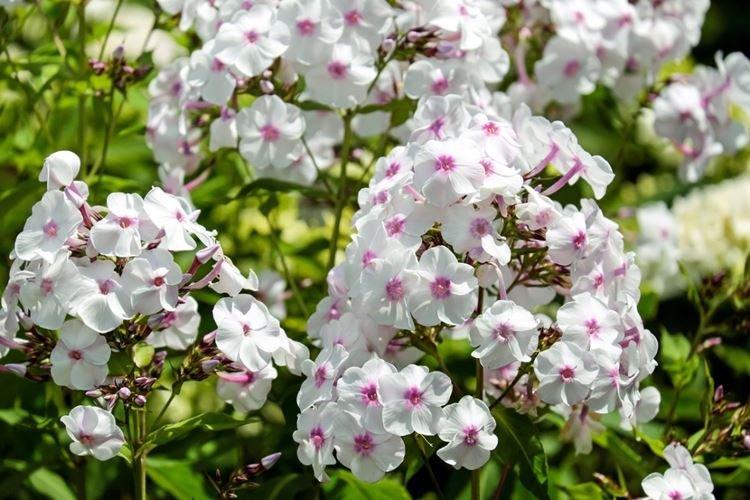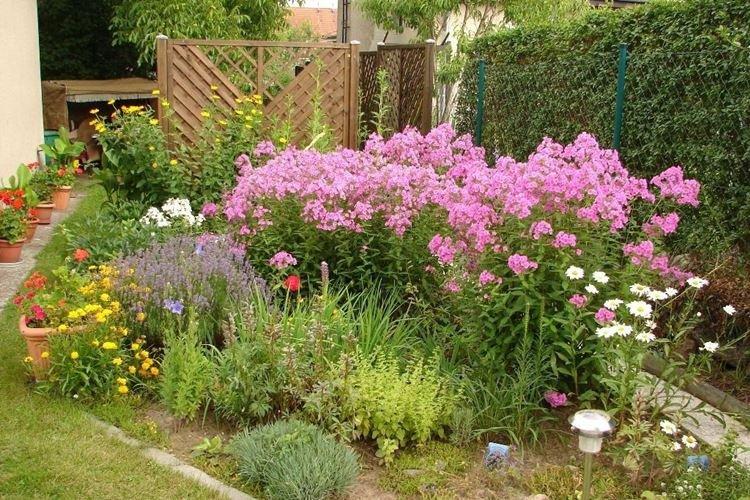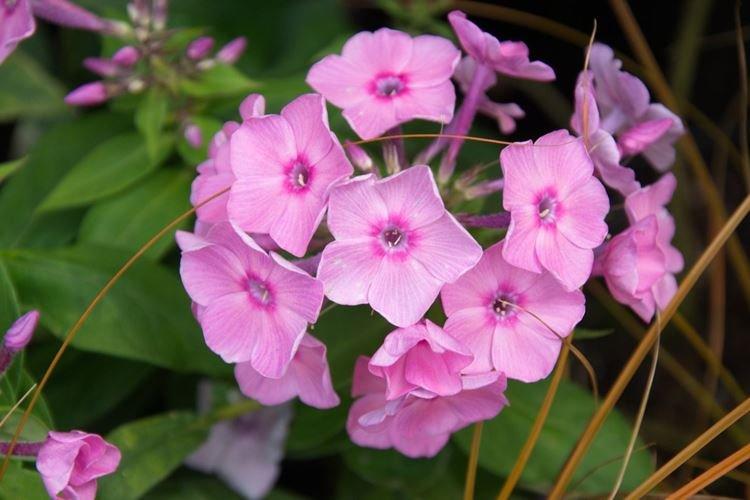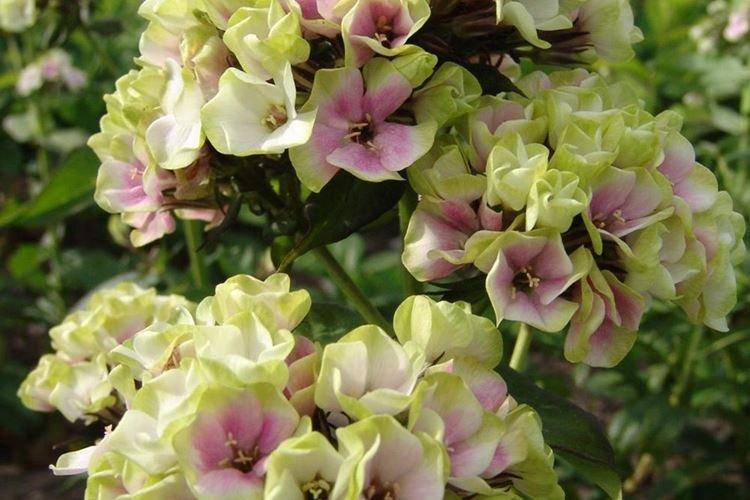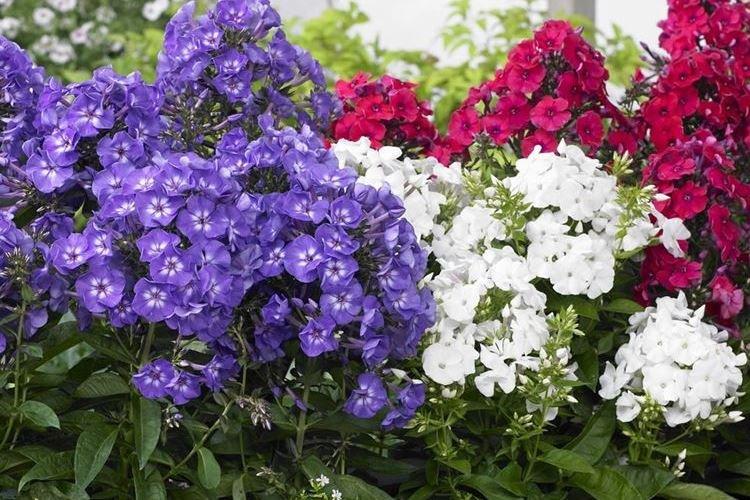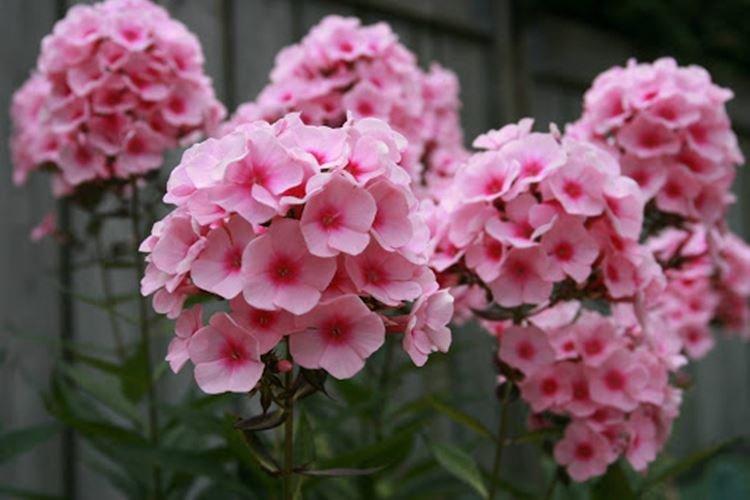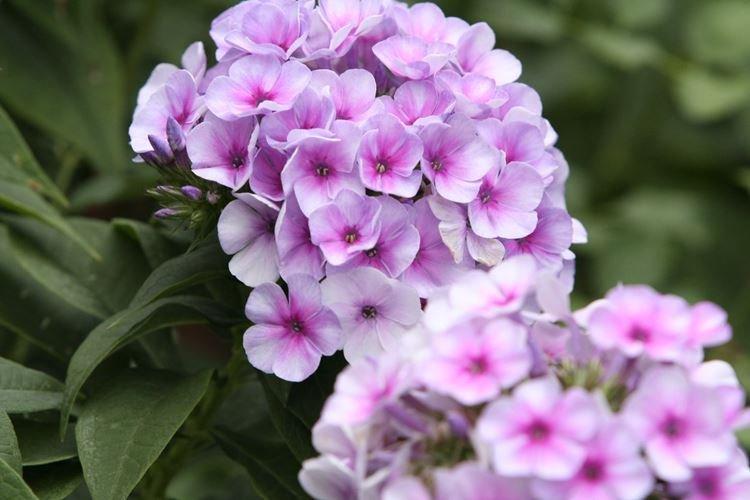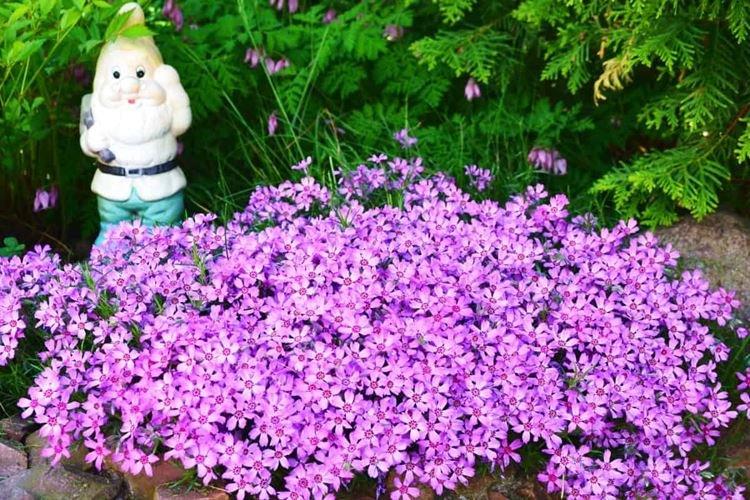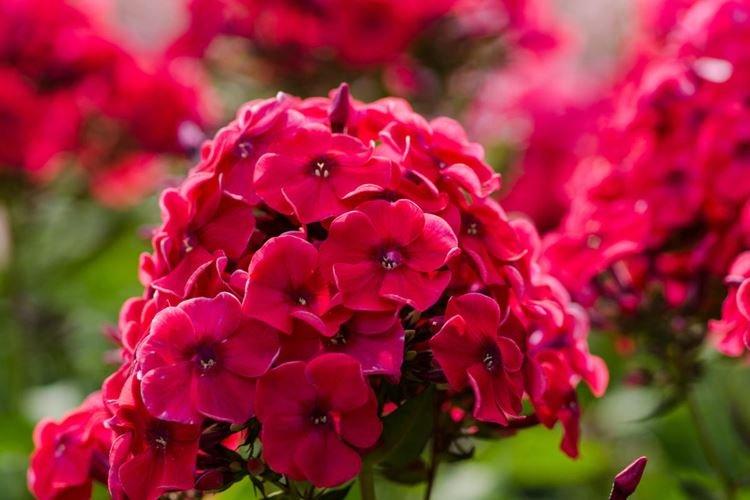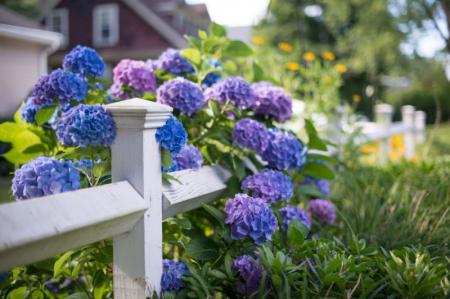
Bright and fiery phloxes got their name for a reason, which literally translates as "flame". This is one of the most popular flowering garden perennials, which is second only to peonies in prevalence. It is believed that they are much more demanding and capricious. But this is not entirely true - we have already found out and are ready to tell you!
general information
Phlox blooms for a long time with beautiful and large colorful flowers. In the garden, they exude a pleasant aroma, and just a couple of tall bushes can transform your site. They can be planted in a flower bed or grown for cutting, because the height of the shoots ranges from 40 to 140 cm.
Phloxes are not afraid of cold weather and most often tolerate winters well, although in snowless frosts it is better to insulate them. They have a strong and vigorous root system that quickly depletes the soil. That is why phloxes in the garden require attention if you want to achieve really lush and long flowering.
The buds of certain varieties of phlox can be absolutely any: different colors, shapes and sizes. They are collected in large inflorescences up to 30 cm in diameter - paniculate or other forms. The color of the petals can be almost any, and there are monophonic and variegated varieties.
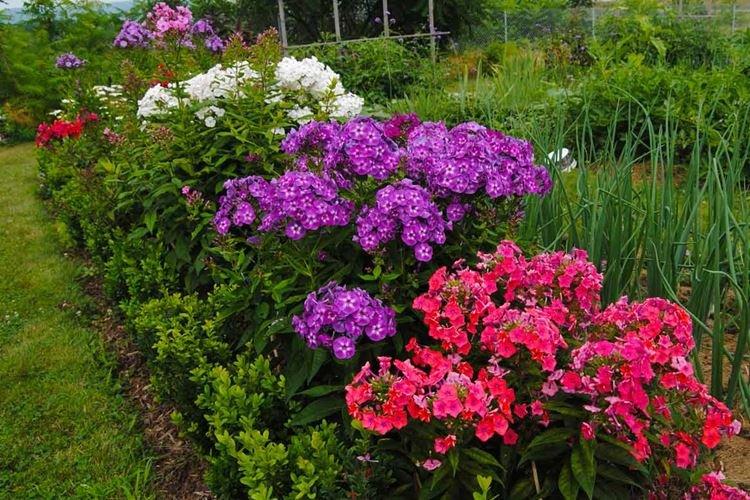
Types of phlox
Of all the varieties of phlox in our latitudes, ornamental shrubs are most often found, especially paniculate ones. Although in fact there are many more species, and each of them is good in its own way.
Stunted phlox
These are compact ground cover varieties that grow up to a maximum of 30-40 cm, but more often up to 5-15. Mostly the flowers are blue, white, lilac or pink.

Subulate phlox
Such varieties are distinguished by the characteristic shape of the leaves - they are narrow, long, rather coarse and resemble an awl. In height, the bushes rarely grow above 20 cm, and among them there are many beautiful pink shades.
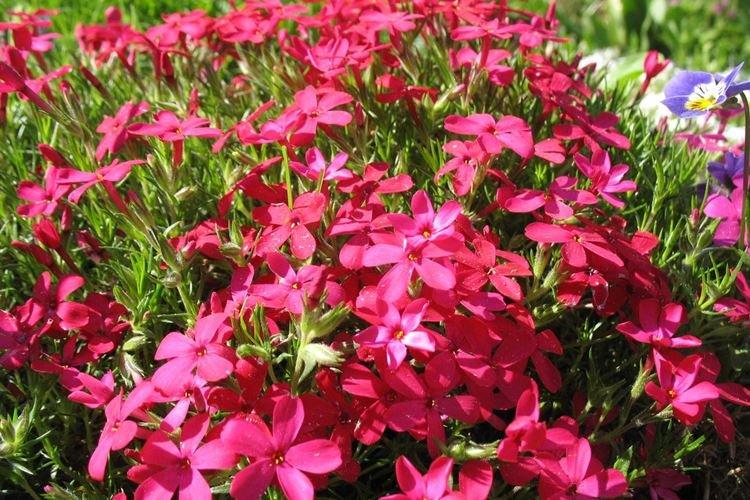
Terry phlox
As the name suggests, this is a group of double-flowered varieties. There are quite a few of them, but they are very beautiful and spectacular, on average - up to 60 cm in height.

Blue phlox
Blue phlox are insanely popular, so they are singled out in a separate category. The most famous of these is the splayed phlox, which grows in late spring in a stunted blue carpet.
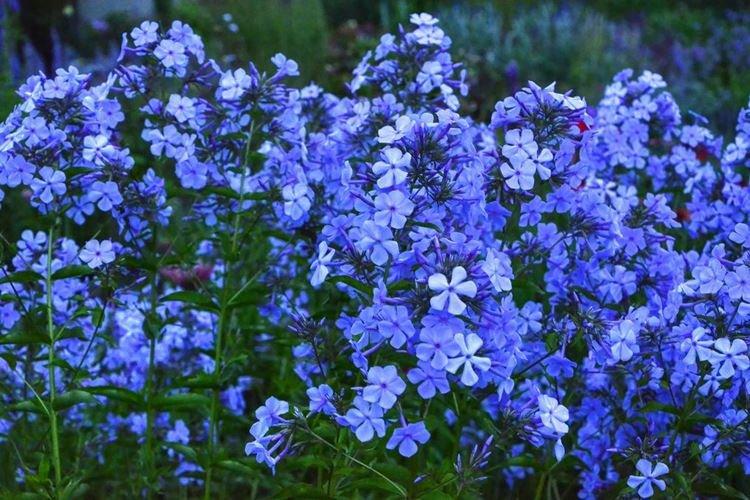
Hybrid varieties
Modern hybrid varieties demonstrate all the wonders of breeders' work. Here are collected the most interesting forms of flowers and variegated mixed shades. Tall phloxes are often grown for cutting or in tiered mixborders.

Phlox care
So that phloxes do not lose their decorative effect as long as possible, you need to follow a few simple care recommendations. This is not as difficult as it is commonly believed, because the main thing is more watering and nutrition.
Temperature and lighting
Choose sunny or semi-shady areas for phlox, because in the shade they bloom worse, quickly fade and become inconspicuous. Plants love warmth and do not tolerate strong winds and drafts. Tall bushes can suffer from sudden gusts or rainstorms.

Watering
Abundant watering is a vital necessity for phlox, otherwise they begin to dry out and crumble. To keep moisture in the ground longer, gently mulch the soil. Regular hydration is the main requirement if you want phlox to bloom almost until autumn.
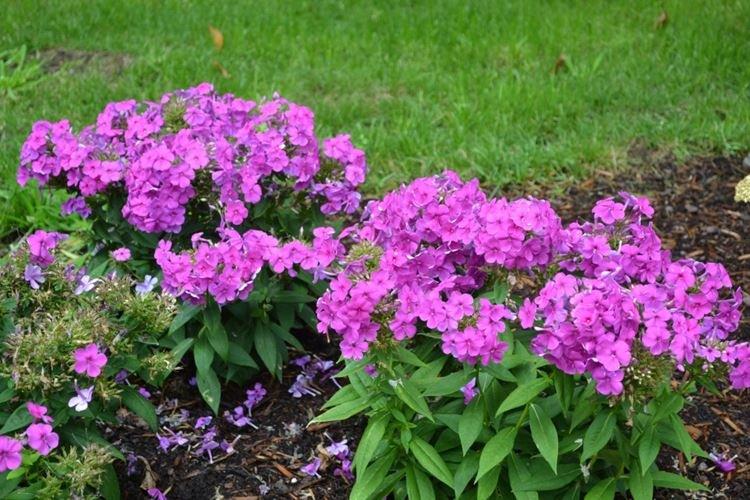
The soil
Phloxes love moisture, so they normally tolerate soil with a close occurrence of groundwater. They grow quite densely and pull out everything that is possible from the ground, so the soil should be fertile and nutritious. Loose loamy soils with high humidity are ideal.

Fertilizers and feeding
Phloxes can live without feeding, but they are ready to willingly absorb everything that is offered. Mullein, compost, wood ash, mineral fertilizers are well suited. By the end of summer, they need an increased portion of potassium, and during the season they will not interfere with spraying with boric acid.

Transplant and reproduction
Old adult bushes of perennial phlox can be propagated by division at the very beginning of spring. The main thing is that on each new sprout there are at least a few roots and a growth bud. You can postpone the division to the end of summer, but spring seedlings take root better.
Strong young shoots will make good cuttings and can be used in late spring. Two knots are left on each cuttings and immediately planted in partial shade under the trees. Alternatively, leaf cuttings are used, but this method requires a greenhouse environment and is rather difficult for beginners.
Seed propagation is a long process that requires patience and does not always allow you to preserve all varietal characteristics. Of the advantages - more bushes are obtained, they are stronger and better adapted to specific conditions.
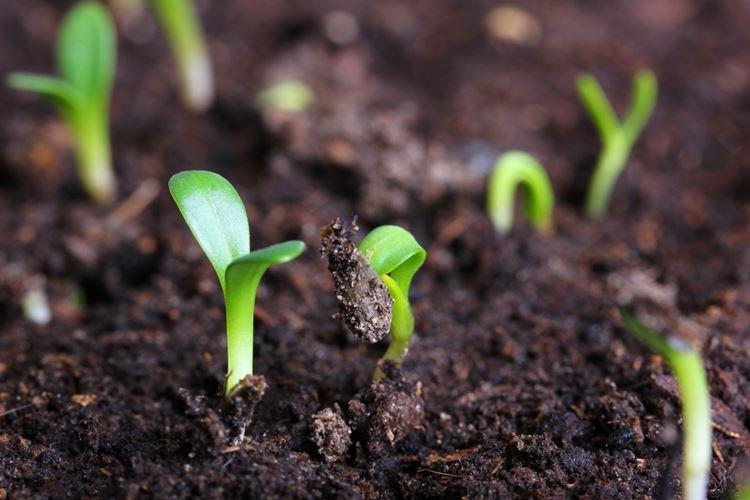
Pest and disease control
The most serious and common problem of phlox is nematodes, and they thrive best in areas where flowers have been grown in one place for many years. The rest of the pests are much less annoying, but you can encounter thrips, caterpillars, scoops and bronzes. From all of them, timely treatment with insecticides helps.
Viruses can cause serious harm to phloxes - mosaic, spotting, dwarfism or shredding. They do not heal, so the affected flowers will have to be destroyed as soon as possible. Most of these viruses are carried by parasitic insects, so seasonal prevention is your best friend.
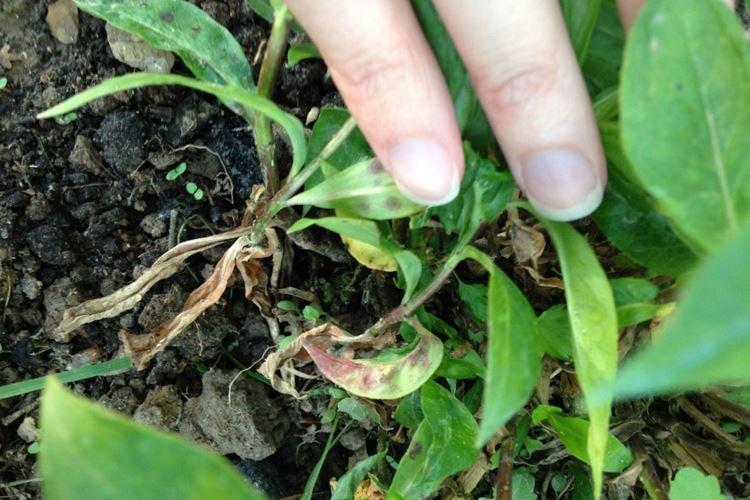
Phlox - photo
Bright and colorful phloxes are able to melt any heart with their delicate and light beauty. Just look at the photo!


